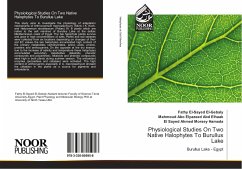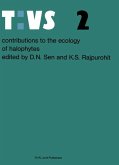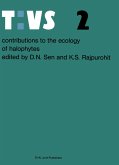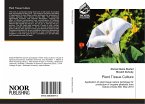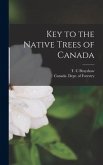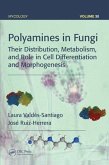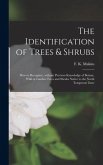This study aims to investigate the physiology of adaptation mechanisms of Arthrocnemum macrostachyum. (Moric.) K. Koch. and Halocnemum strobilaceum (Pallas) M. B plants which are native to the salt marshes of Burullus Lake at the deltaic Mediterranean coast of Egypt. The two halophyte plants survive and grow in high concentrations of salts. Plants and soil samples were collected from six locations depending on changes of their soil EC values. the two halophytes accumulated high content of the primary metabolites carbohydrates, amino acids, proline, proteins and anthocyanins. On the opposite at the dry season, due to the increase of salinity and temperature these halophytes accumulated secondary metabolites (alkaloids, phenolic compounds and polyamines). Alkaloids and phenolic compounds were high in both plants during summer season. The antioxidant enzymes (peroxidase and catalase) were activated. The high content of anthocyanins especially in A. macrostachyum showed the utilization in the plants as a source for pigments and antioxidants.
